Yamanaka Group
Antimony Trioxide
Antimony Trioxide (Sb₂O₃)
We started antimony smelting in Japan in 1900, and in 1972, we began mass production of antimony trioxide. The product is used most widely as a flame-retardant auxiliary. In addition, it is also valuable as a catalyst for polyester resin production, and it has become an indispensable material in the manufacturing field.
Existing chemical substance: 1-543 CAS: 1309-64-4
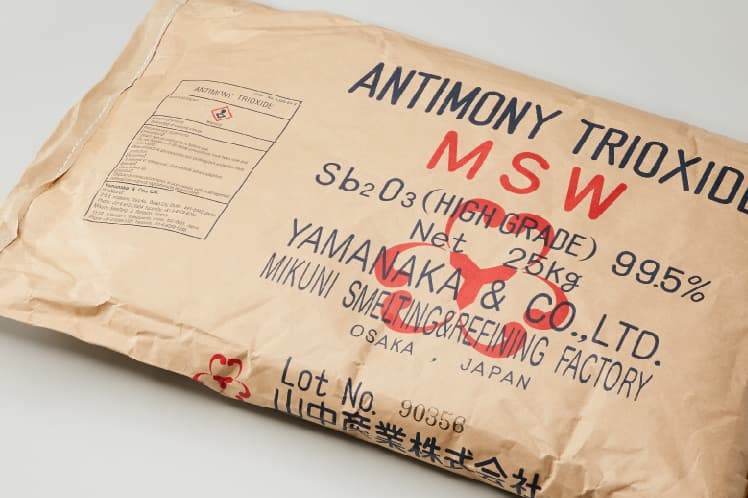
Main applications
Flame-retardant auxiliary
For flame-retardant plastics, combining antimony trioxide with a halogen based flame-retardant auxiliary creates a synergistic effect that enhances its efficiency. Furthermore, it is possible to reduce the total amount of required flame retardant additive, and flame retardancy can be achieved without impairing the functional properties of the plastic material.
Polymerization catalyst for polyester
Antimony trioxide is used as a polymerization catalyst for polyester, making it possible to produce high-quality polyester at low cost.
Other applications
Material of Varistor (complex oxide), fining agent for optical lenses, pigment
| Chemical and physical properties of antimony trioxide | |||||||
|---|---|---|---|---|---|---|---|
| Chemical formula | Sb₂O₃ | Boiling point | 1425°C | Appearance | White powder | Solubility |
[Soluble] [Non-soluble] |
| Molecular weight | 291.5 | Specific gravity | 5.2 | Crystal structure | Mainly equiaxial | ||
| Melting point | 656°C | Mohs hardness | 2–2.5 | Conductivity | Poor conductor | ||
-
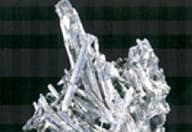
Antimony ore
-
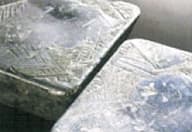
Antimony ingot
-
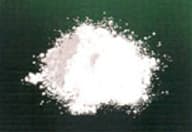
Antimony trioxide
-
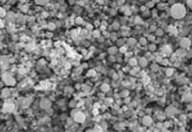
MSA grade
-
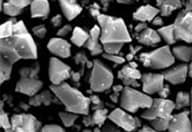
MSL grade
| Main grades | |||||||
|---|---|---|---|---|---|---|---|
| MSA (Standard grade) | Featuring a relatively small average particle size of 1 μm and narrow size distribution, this is a standard grade that can be used in any application. | MSH (Catalyst, high purity grade) | Offers higher purity than standard grade and very good solubility in solvents such as hydrochloric acid and ethylene glycol. Ideal for polyester polymerization catalysts and phosphors. |
||||
| MSF (Fine particle grade) | Because the average particle size is more fine at 0.5 μm, MSF features high hiding power and less sedimentation during dispersion, etc., making it ideal for flame-retardants of fibers and paints. | MSL (Coarse particle grade) | Larger particles with an average size of 2 to 7 μm, suitable for product applications that require transparency and showing the pigment color. | ||||
| MSE (Encapsulant grade) | A product with few ionic impurities and coarse particles, making it ideal as a flame retardant for electronic materials. | MSW (General-purpose grade) | General-purpose grade that can be used for any application. | ||||
| Standard table by grade | |||||||
|---|---|---|---|---|---|---|---|
| Standard item | MSA | MSF | MSE | MSH | MSL | MSW | |
| Sb₂O₃ | min % | 99.5 | 99.5 | 99.5 | 99.7 | 99.5 | 99.5 |
| Pb | less than % | 0.1 | 0.1 | 0.1 | 0.05 | 0.1 | 0.1 |
| As | less than % | 0.1 | 0.1 | 0.1 | 0.05 | 0.1 | 0.1 |
| Fe | max % | 0.002 | 0.002 | 0.002 | 0.002 | 0.002 | 0.01 |
| Whiteness | min % | 90.5 | 93 | 90.5 | 87.5 | 87.5 | 87.5 |
| Average particle size | μm | 0.8–1.2 | 0.5–0.8 | 0.8–1.2 | 0.8–1.2 | 2–7 | <1.2 |
| Hydrochloric acid solution | ppm | - | - | - | <10 | - | - |
| Application |
Resin | ● | ● | ● | ● | ||
|---|---|---|---|---|---|---|---|
| Fiber | ● | ● | ● | ||||
| Paint | ● | ● | ● | ● | |||
| Electronic materials | ● | ● | ● | ● | |||
| Catalyst | ● |
* Support for standards other than the above are also available. Please contact us.

